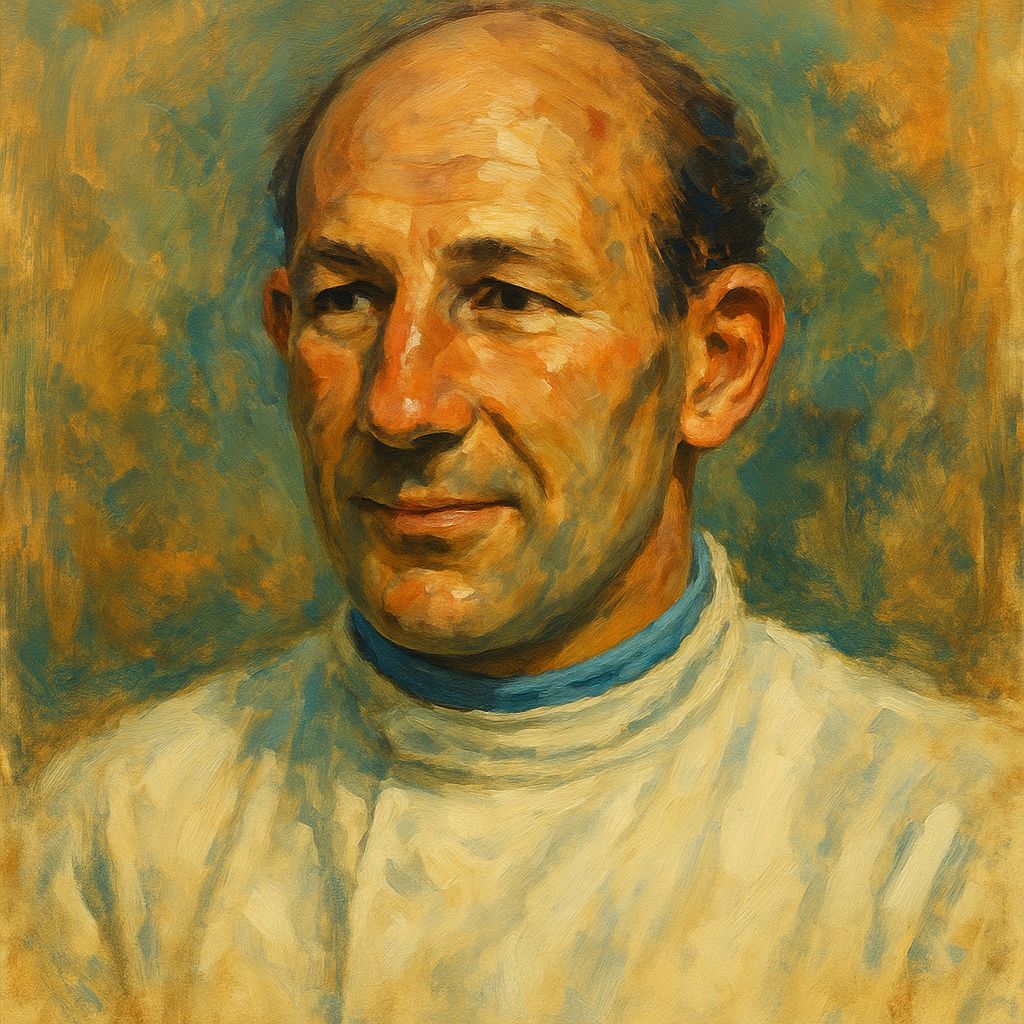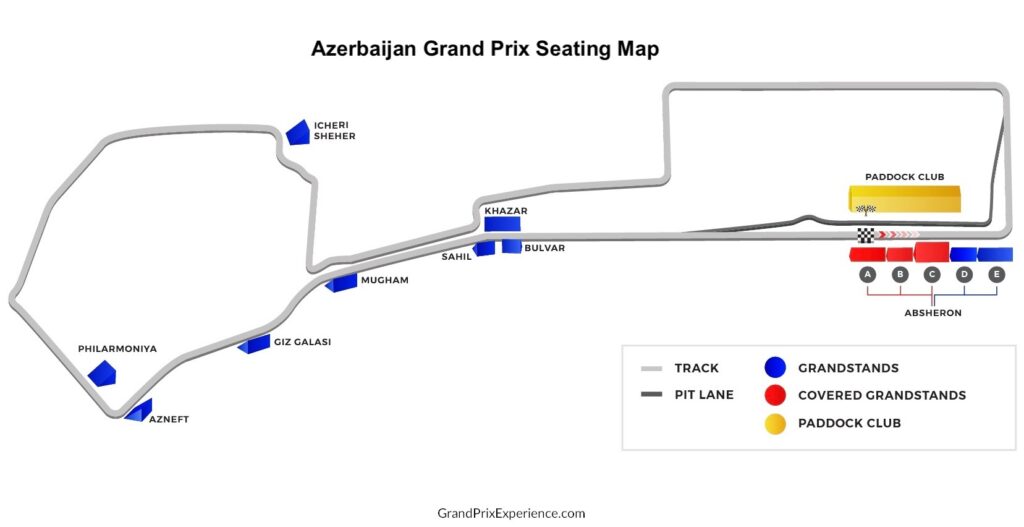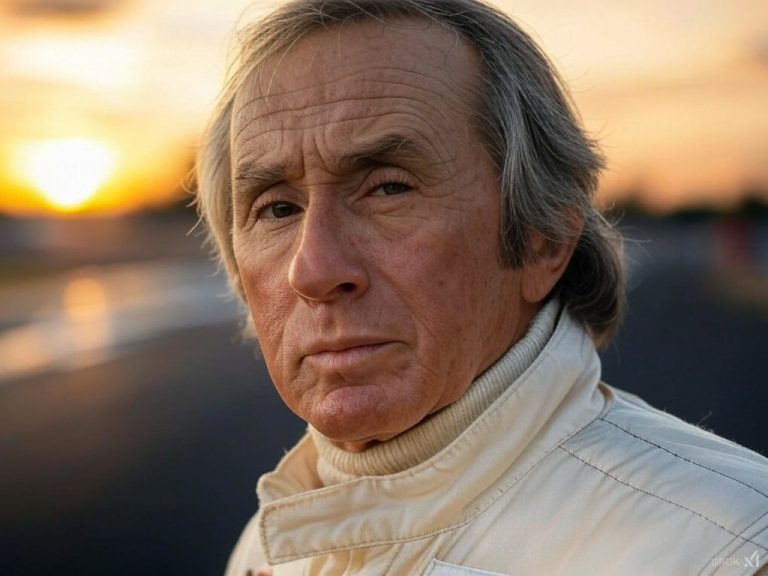Legends of Formula 1 Stirling Moss

Sir Stirling Moss is often called the greatest driver never to win a Formula 1 World Championship, a man whose name became synonymous with speed, sportsmanship, and the golden age of motor racing. In an era when danger was ever-present, Moss’s brilliance behind the wheel and his unwavering integrity on and off the track made him a legend. Between 1951 and 1961, he claimed 16 Grand Prix wins, finished runner-up in the championship four times, and earned a reputation as “the king without a crown.” More than just results, Moss embodied what it meant to be a true racer.
For Tickets and Package Deals Please Click Here
Stirling Moss’ Origins and Early Career
Stirling Craufurd Moss was born on September 17, 1929, in London, England, into a family steeped in motorsport. His father, Alfred, competed in the Indianapolis 500, while his mother, Aileen, was also a keen racer. Stirling and his sister Pat, who later became an accomplished rally driver, grew up in an environment where racing was a way of life.
He began his career in 1948, competing in Formula 3 with a Cooper 500. Quickly, his talent was evident. Moss didn’t just win—he dominated, earning the attention of established teams and proving he could master machinery of all types. By the early 1950s, he was racing at Le Mans, the Mille Miglia, and in Formula 1, building the foundation of a career that would transcend statistics.
Formula 1 Career
The most expensive #F1 Grand Prix car ever sold 😮💨https://t.co/AgZHRjOlHf
— Formula 1 (@F1) February 3, 2025
1951–1954: Breaking Through
Moss made his Formula 1 debut in 1951 at the Swiss Grand Prix. In these early years, he drove customer cars, often competing against factory teams with better resources. Despite this disadvantage, he consistently impressed with his daring overtakes and raw pace. By 1954, he had joined Maserati and established himself as one of the fastest men on the grid.
1955: Near Glory and Le Mans Tragedy
In 1955, Moss joined Mercedes alongside five-time World Champion Juan Manuel Fangio. It was a season of both triumph and tragedy. Moss claimed his maiden Formula 1 victory at the British Grand Prix, thrilling home crowds at Aintree. Many believed Fangio allowed him to win, but Moss always insisted he beat the great Argentine on merit. That same year, Moss delivered one of the most legendary drives in motorsport history, winning the Mille Miglia road race in Italy, covering 1,000 miles in just over 10 hours.
But 1955 was also marked by disaster, as the Le Mans crash claimed the lives of over 80 spectators. Though Moss and Mercedes teammate Fangio were not involved, the tragedy cast a long shadow over the season.
1956–1961: The Consummate Challenger
Moss spent the next years with Maserati, Vanwall, and later Lotus, consistently winning races but just missing out on the championship. From 1955 to 1961, he finished runner-up in the standings four times and third on three occasions. He often lost out not due to lack of skill, but because of mechanical failures or because rivals had more reliable machinery.
What made Moss stand apart was not only his victories but also his sense of fairness. In 1958, at the Portuguese Grand Prix, he defended rival Mike Hawthorn against a disqualification, testifying that Hawthorn had acted correctly. Hawthorn kept his points and went on to win the championship by a single point—over Moss himself. That act of sportsmanship defined Moss as much as his racecraft.
1962: A Career Cut Short
In April 1962, Moss suffered a near-fatal crash at Goodwood. He was left in a coma for a month and partially paralyzed for six months. Though he recovered, the accident ended his Formula 1 career at the age of 32. It was a premature conclusion to a glittering career, leaving fans to wonder how many titles he might have won had fate not intervened.
Retirement and Legacy
Sabías que…
— Kifflom! (@KifflomGames) August 4, 2025
El nombre del vehículo Stirling GT de GTA Online es un homenaje por parte de Rockstar Games al piloto británico Stirling Moss, quien compitió junto con Mercedes-Benz en Fórmula 1. pic.twitter.com/jUHX9MwJjV
Though Moss never raced full-time in Formula 1 again, he remained a fixture in motorsport. He competed in touring cars, endurance events, and historic races, while also serving as a commentator and ambassador for the sport. Knighted in 2000 for his services to motorsport, he carried his charm and wit into retirement, earning the enduring affection of fans worldwide.
Stirling Moss passed away on April 12, 2020, at the age of 90. Tributes poured in from across the globe, with Lewis Hamilton, Jackie Stewart, and countless others hailing him as one of the true greats. For many, he represented the very essence of racing: fast, fearless, and fair.
Career Statistics
Formula 1 Career Span: 1951–1961
Teams: Maserati, Mercedes, Vanwall, Lotus, Cooper, others
Grand Prix Starts: 66
Wins: 16
Podiums: 24
Pole Positions: 16
Fastest Laps: 19
Best Championship Finish: Runner-up (1955, 1956, 1957, 1958)
First Win: 1955 British Grand Prix (Mercedes)
Last Win: 1961 German Grand Prix (Lotus)
Last Race: 1961 United States Grand Prix
Conclusion
Sir Stirling Moss was more than a driver—he was the embodiment of a golden era of motor racing. Though the title of World Champion eluded him, his career demonstrated that greatness cannot always be measured in trophies. Moss’s fearless victories, legendary sportsmanship, and enduring influence made him the “uncrowned king” of Formula 1. To this day, his legacy shines brighter than many champions who followed, proving that true legends are defined not only by what they win, but how they race.
If you want tickets and package deals to the Azerbaijan Grand Prix, please click here.

Sources:









